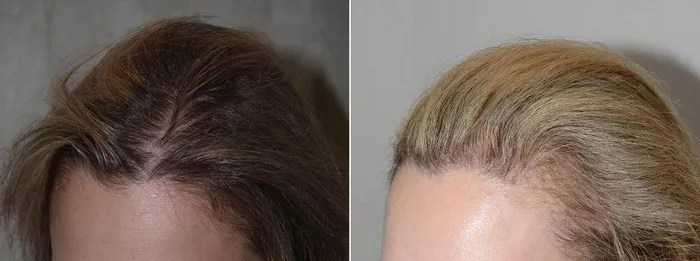In the quest for regaining confidence and a full head of hair, many individuals suffering from traction alopecia contemplate the transformative potential of a hair transplant. Traction alopecia, a type of hair loss primarily caused by prolonged tension on the hair follicles, often leaves people wondering about the cost of this life-changing procedure. In this comprehensive guide, we will delve into the intricacies of a hair transplant for traction alopecia, exploring everything from the average cost to the factors influencing the price.
Understanding Traction Alopecia and Its Impact on Hair Loss
Traction alopecia is a form of hair loss resulting from persistent tension on hair follicles, often due to tight hairstyles or constant use of hair accessories. It can lead to hair thinning and bald spots, affecting a significant portion of the population, especially women. Early signs include itching, pain, and hairline recession. If left untreated, traction alopecia can cause permanent hair loss. To combat this condition, many individuals turn to hair transplant surgery, a procedure that involves relocating healthy hair follicles from donor areas to areas affected by hair loss. However, the cost and various factors can influence the decision to undergo this treatment.
See Also: How Much Does a 3000 Graft Hair Transplant Cost: A Full Guide
Exploring Hair Transplantation as a Solution
Hair transplant surgery has gained popularity as an effective way to combat traction alopecia. It involves the removal of healthy hair follicles from donor areas and their transplantation into areas affected by hair loss. Here’s a closer look at the procedure:
1. Cost Factors of Hair Transplants
The cost of a hair transplant can vary significantly, depending on various factors. The location of the clinic, the surgeon’s expertise, and the extent of hair loss all play a role. On average, a hair transplant procedure can cost anywhere from $4,000 to $15,000.
2. Financing Options
Many clinics offer financing options to make hair transplant surgery more accessible. Some patients opt for medical financing plans, while others explore credit options to spread the cost over time.
The Hair Transplant Procedure in Detail
Understanding the steps involved in a hair transplant can help alleviate concerns. The process typically includes the following stages:
1. Consultation and Evaluation
Before the procedure, you’ll consult with a hair transplant specialist who will assess your hair loss and determine if you’re a suitable candidate for the surgery.
2. Donor Hair Extraction
Healthy hair follicles are usually taken from the back or sides of the head, which are resistant to hair loss, and then prepared for transplantation.
3. Graft Implantation
The surgeon meticulously implants the extracted hair follicles into the affected areas, following the natural hairline for a seamless result.
4. Recovery and Results
Patients can expect some swelling and redness immediately after the procedure, but these side effects typically subside within a few days. Hair growth begins gradually, and full results may take several months to become apparent.
Alternatives to Hair Transplantation
While hair transplant surgery is effective, it may not be the right choice for everyone. Consider these alternatives:
1. Non-Surgical Treatments
Some individuals opt for non-surgical treatments like minoxidil and platelet-rich plasma (PRP) therapy to promote hair regrowth. These options are less invasive and may be more affordable.
2. Lifestyle Modifications
Preventing further hair loss can be as crucial as regrowth. Adopting gentle hairstyling practices, avoiding tight hairstyles, and minimizing the use of hair extensions can help mitigate traction alopecia.
Post-Transplant Care and Maintenance
After a successful hair transplant, it’s essential to maintain your new hair. This involves proper hair care routines, protection from sun exposure, and following your surgeon’s recommendations.
Hair transplant results can last a lifetime if cared for correctly. However, individual experiences may vary, and periodic check-ups with your surgeon can help ensure continued satisfaction.
Final Thoughts
In conclusion, addressing traction alopecia through a hair transplant can provide a life-changing solution for those struggling with hair loss. While the cost may be a significant consideration, the long-term benefits and renewed confidence can make it a worthwhile investment. Remember to consult with a qualified hair transplant specialist to determine the best course of action for your unique needs. Whether you choose surgery or explore alternative treatments, the road to regaining your hair and self-esteem is within reach.


